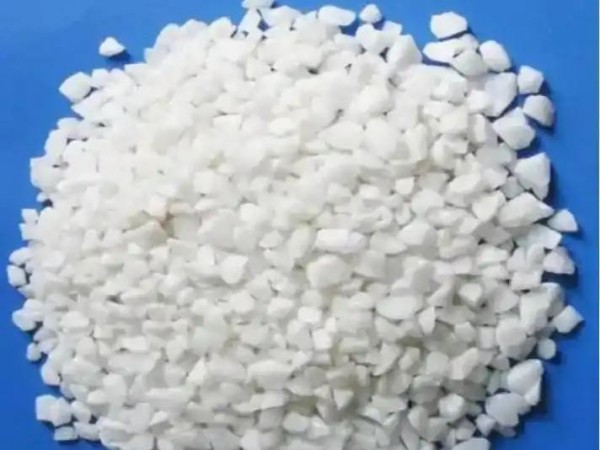How does the particle size of quartz sand affect its application effect?
The particle size of quartz sand refers to the size or fineness of the
particles, which is one of the key parameters affecting the performance and use
of quartz sand. In different application fields, the particle size of quartz
sand directly determines its processing performance, physical and chemical
properties, and final application effect. The following provides a detailed
explanation of the specific impact of quartz sand particle size on its
application.

1、 The impact of granularity on application effectiveness
Glass manufacturing
Fine grained quartz sand (≤ 0.1mm): used for high transparency glass, such as
optical glass and display glass. Fine grained quartz sand can be more evenly
distributed in glass substrates, reducing the generation of bubbles and
impurities.
Medium grained quartz sand (0.2mm-0.5mm): suitable for the production of
ordinary flat glass and container glass. Quartz sand with moderate particle size
can provide good breathability during the melting process, reducing glass
defects.
Foundry industry
Coarse grained quartz sand (≥ 0.5mm): mainly used for casting molds. Coarse
particles can provide higher breathability and prevent defects such as porosity
and slag inclusion caused by gas expansion during the casting process.
Fine grained quartz sand (≤ 0.3mm): suitable for making molds with fine
surfaces, improving the surface quality and accuracy of castings.
Ceramics and refractory materials
Fine grained quartz sand: used to produce high-density and low porosity
ceramic materials, such as high-end sanitary ware and electronic ceramics. Fine
particles can improve the uniformity and density of materials, enhancing their
mechanical properties.
Coarse grained quartz sand: In refractory bricks and insulation materials,
coarse-grained quartz sand can enhance the material's high temperature
resistance and structural stability.
Water treatment field
Medium coarse quartz sand (0.5mm-2.0mm): commonly used as the filter material
layer in water filtration devices. Moderate particle size helps to form a porous
structure, improve filtration efficiency, and reduce pressure loss.
Fine grained quartz sand: used in the process of fine filtration and removal
of tiny particles.
Chemical fillers
The particle size of quartz sand determines its filling density and
flowability. Fine particle fillers are suitable for producing high-precision
chemical products, such as coatings, resins, and adhesives; Coarse particles are
suitable for fillers with lower density, such as plastic additives and building
material enhancers.
Building and flooring materials
Coarse grained quartz sand: provides good skeleton support in floor materials
and dry mixed mortar, improving mechanical strength and wear resistance.
Fine grained quartz sand: used in self leveling surfaces and high gloss
coatings to ensure surface smoothness and aesthetics.
Electronics and semiconductor industry
High purity ultrafine quartz sand (<50 µ m) is an important raw material
for semiconductor manufacturing. Ultra fine particles provide excellent
uniformity and reactivity, and are an important foundation for electronic grade
silicon materials.
2、 The relationship between particle size and processing performance
Melting rate
The smaller the particle size, the larger the specific surface area of quartz
sand, and the higher the heat exchange efficiency with high-temperature
furnaces, accelerating melting.
Excessive particles may lead to incomplete melting, affecting the physical
properties of the final product.
mobility
During the processing, coarse-grained quartz sand has good fluidity and is
suitable for rapid prototyping technology under high temperature conditions.
Fine grained quartz sand may easily clump during transportation and
processing, requiring additional processing techniques.
Combining performance
Fine grained quartz sand, due to its small particle size, can better bond
with binders such as resins and silicates, making it suitable for producing
high-strength composite materials.
3、 Optimization strategy for granularity selection
Choose based on the final use
Different applications have different requirements for particle size. For
example, glass manufacturing requires fine particles, while the casting industry
requires coarse particles. The appropriate particle size range should be
selected according to the application.
Control particle size distribution
The more uniform the particle size distribution, the more stable the
performance of the product. For example, multi-stage screening technology can
achieve precise particle size classification and improve application
effectiveness.
Combining multiple granularity combinations
In some composite material applications, better filling effects and
mechanical properties can be achieved by mixing quartz sand of different
particle sizes.
4、 Summary
The particle size of quartz sand has a decisive impact on its application
effect, which is closely related to its physical properties, processing
characteristics, and final use. By scientific selection, strict control of
particle size range, and optimization based on specific needs, the application
value of quartz sand in various fields can be maximized.